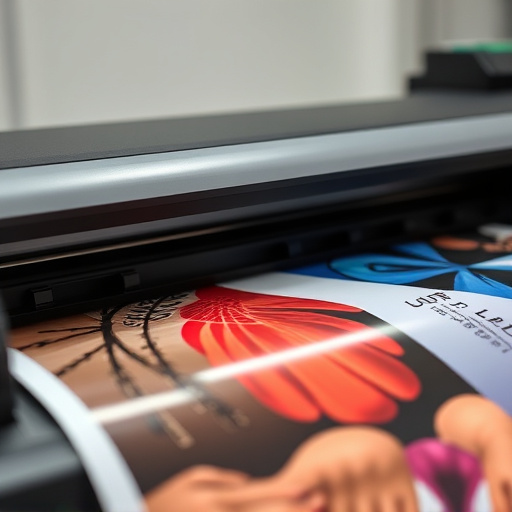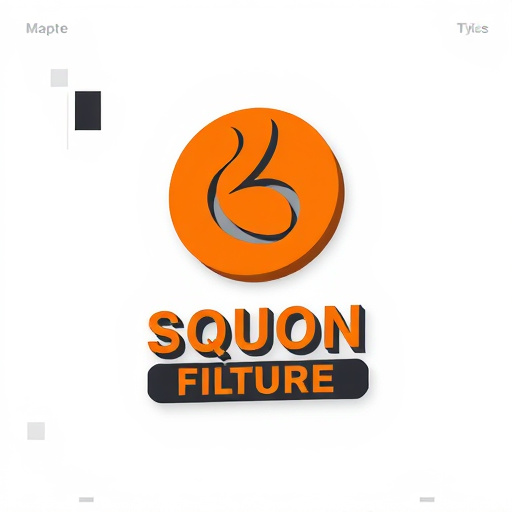Incorporating consistency and well-defined corporate graphics brand guidelines is vital to preserve a company's visual identity. Varying designs can confuse customers and weaken brand recognition, impacting professionalism. Businesses should invest in comprehensive brand guidelines covering visual elements for all materials, from printed to digital, ensuring alignment with brand values and high quality. This unity fosters brand loyalty by creating a memorable narrative and instilling trust, akin to customizing a car with protective coatings. Brand guidelines serve as a map for visual consistency, guiding designers to maintain the brand's unique identity across all outputs, enhancing consumer recognition and trust through precise visuals that convey high-quality finishes.
In the realm of corporate communications, powerful visuals speak volumes. However, common mistakes in graphics creation can mar the message, undermining brand credibility. This article guides you through three key blunders to avoid: inconsistent brand identity, failing to understand the audience, and neglecting quality. By adhering to established guidelines, tailoring content for viewers, and prioritizing image excellence, your corporate graphics will deliver a clear, compelling narrative that enhances – not hinders – your brand’s message. Learn how to create graphics that truly resonate in today’s competitive business landscape.
- Lack of Consistency and Brand Guidelines
- – The importance of a unified visual identity
- – How brand guidelines ensure coherence across all graphics
Lack of Consistency and Brand Guidelines

In the realm of corporate graphics creation, one common pitfall that can hinder a company’s visual identity is the absence of consistency and well-defined brand guidelines. When designing marketing materials, logos, or promotional items, maintaining a cohesive look across all platforms is essential. Every element, from color palettes to typography, should align with the brand’s established standards. Without these guidelines, designs may vary widely, leading to an inconsistent corporate image. This inconsistency can confuse customers and weaken the brand’s recognition, ultimately impacting its professional appearance.
To avoid this mistake, businesses should invest time in creating comprehensive brand guidelines that include specific rules for visual elements. These guidelines should be shared among all design teams and marketing personnel to ensure every corporate graphic, whether it’s a printed brochure or a digital banner, reflects the brand’s values and maintains high-quality finishes like protective coatings or paint protection film.
– The importance of a unified visual identity

In the realm of corporate graphics creation, a unified visual identity stands as a cornerstone for brand recognition and consistency. When designing materials such as logos, brochures, or website layouts, adhering to a cohesive aesthetic is paramount. This involves employing consistent color palettes, typography styles, and imagery that align with the company’s values and mission. A well-executed unified visual identity ensures that your corporate graphics not only captivate audiences but also leave a lasting impression, fostering trust and brand loyalty.
Think of it as crafting a tailored suit for your brand—each element must fit seamlessly to create a professional and polished look. Similarly, in the context of car customization or applying protective coatings and custom vehicle wraps, the same principles apply. A unified visual identity extends beyond physical products; it permeates all touchpoints where your brand interacts with customers. By maintaining this consistency, you create a cohesive narrative that resonates with your target audience, making your corporate graphics truly memorable.
– How brand guidelines ensure coherence across all graphics

Brand guidelines serve as a crucial map for corporate graphics creation, ensuring visual consistency and coherence across all design outputs. They act as a set of rules and standards that guide designers in maintaining the brand’s unique identity. By adhering to these guidelines, companies can ensure their visuals—from logos on marketing collateral to intricate infographics—align with their overall branding strategy. This uniformity is vital in building brand recognition and trust among consumers.
Imagine a car customization process where each detail, from paint colors to interior trims, must adhere to strict quality standards. Similarly, corporate graphics creation requires similar precision. Brand guidelines dictate the acceptable color palettes, font styles, imagery, and layout structures, guaranteeing that all marketing materials, whether digital or printed, reflect high-quality finishes and effectively communicate the brand’s message while maintaining a consistent look and feel.
When creating corporate graphics, avoiding common pitfalls is essential to maintaining a professional and cohesive brand image. By implementing consistent brand guidelines, businesses can ensure their visual identity remains strong and recognizable across all marketing materials. Staying true to these guidelines allows for effective communication of the company’s values and message, making your corporate graphics truly impactful.














